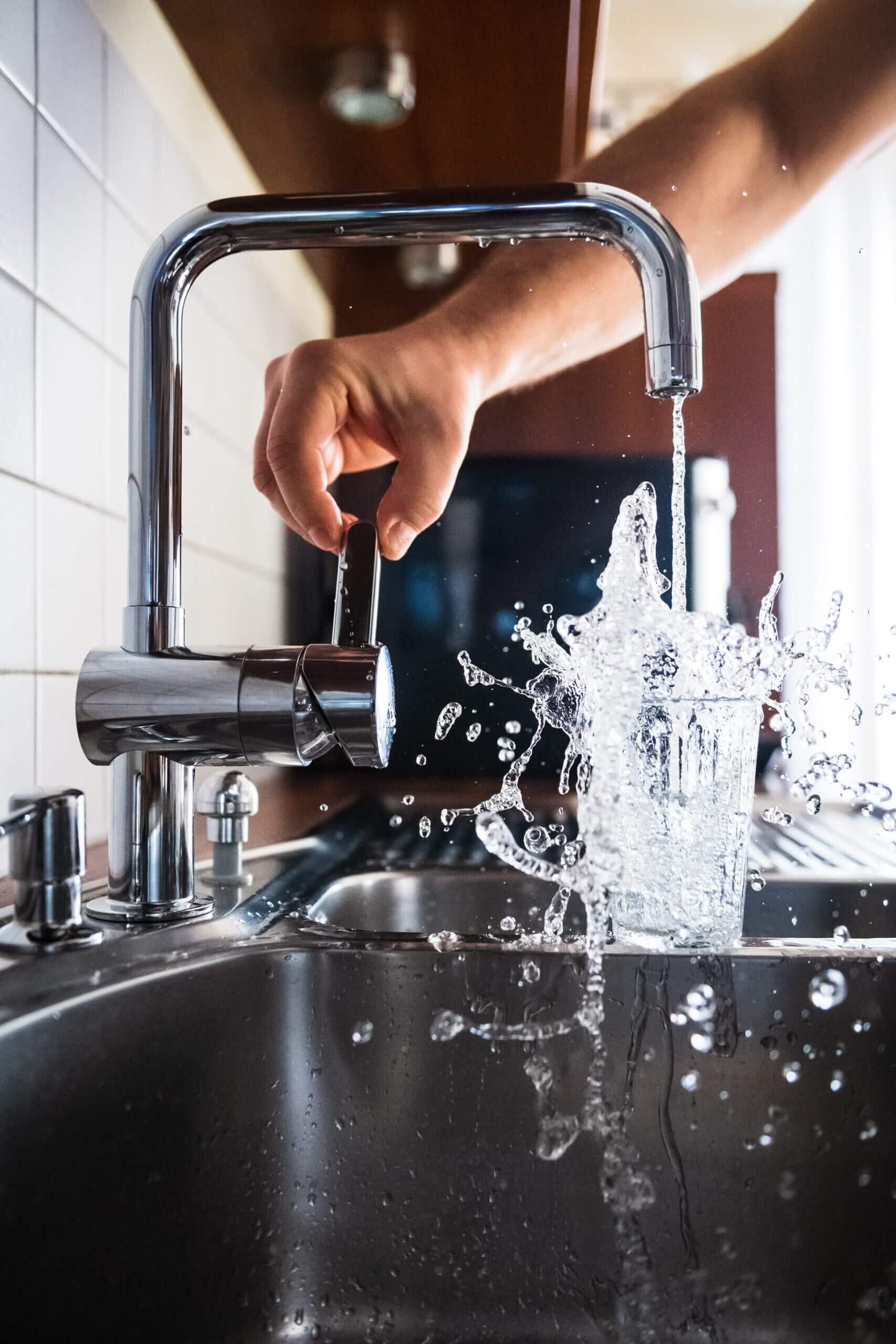Whether it comes from a well or the kitchen sink, tap water is not only abundant but very present no matter where we reside in the world. We use tap water to rinse, mend, or cleanse completely. So many uses and so, can we not add one more to the list?
If it is water, a natural resource that is essential to the lives we live, then it must be safe to drink. Is it not?
Although this perspective can be easily presumed, tap water can be not only unsafe to drink but is also extremely vulnerable to outside forces that can distort it. The dangers that it can bring onto people, how to recognize it, and what can be done to mend it, will be further explained down below.
The Dangers In A Swallow
Unassuming of the elements inside and unbothered by the near-nonexistent taste, many people can consume tap water without so much as a blink of an eye. Little do they know that this simple swallow has not only given them refreshment but also a series of unimaginable complications.
Tap water, as usual, and harmless as it may appear, can be laced with detrimental poisons to the human body. Some of these toxins can be arsenic, lead, radon, and copper.
The consumption of these and others, no matter the severity of their amounts can cause a person to develop various hindrances.. These can be as mundane as a headache or as fatal as kidney failure.
Particular cancers, one of the most notable being lung cancer, can also be developed.
No matter how much tap water is consumed, a single swallow can bring about life-altering and even life-ending ailments.
However, as concealed as these contaminants may be, this does not mean they cannot be brought to light.
How To Recognize And Manage The Signs
There are several ways that you can tell if your tap water has been contaminated.
Some of the most simple are, searching for any cloudiness in the liquid’s coloring, smelling for any trace of chlorine or sulfur, and tasting a little on your tongue to cross off any metallic or foul.
Tap water subjected to harmful outside elements can be discovered by just a few of your five senses!
You can discard the water or apply a water filter to clear out these elements! Water filters as well as carbon filters aid in washing out the continents.
We all know how water should look, how it should smell, and how it should taste. Any differences should be noted and then you must proceed with great caution.
Another way to know if your tap water has been compromised is to test it. This can be done through water testing kits that can either be used by you, your water provider, or anyone with the knowledge to work with them.
An additional way to see the signs of contaminated tap water, and one that is not so involved, is to look out for any government cautions for water contamination.
It is always important to keep yourself up to date as well as educated, especially when it comes to something so vital to your health being taken in or compromised.
No matter the depths of poisons inside your tap water supply, there are always means that can better the water you consume. You have to know what to look for and then how to go from there.
The Takeaway
Contrary to what can be innocently assumed, tap water is not safe to drink. Tap water can contain many harmful substances that will bring about either temporary pains or terminal illnesses. Tap water can be spotted through sensory tests- smelling, tasting, and seeing- as well as through less involved means, such as water testing kits and keeping yourself on the lookout for any governmental warnings. Once the contaminants have been discovered, there are always ways that you can make your tap water safe or safer to consume.

